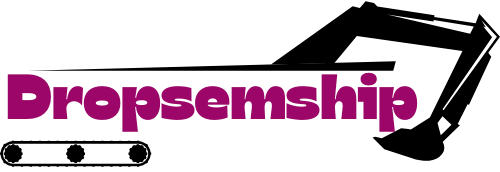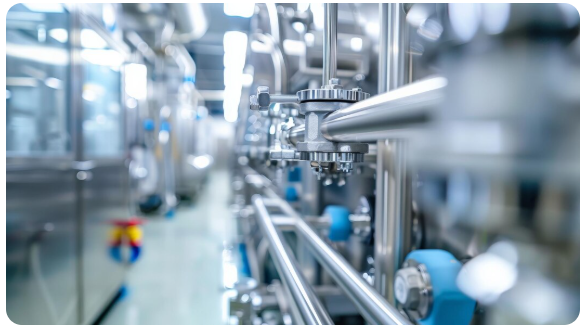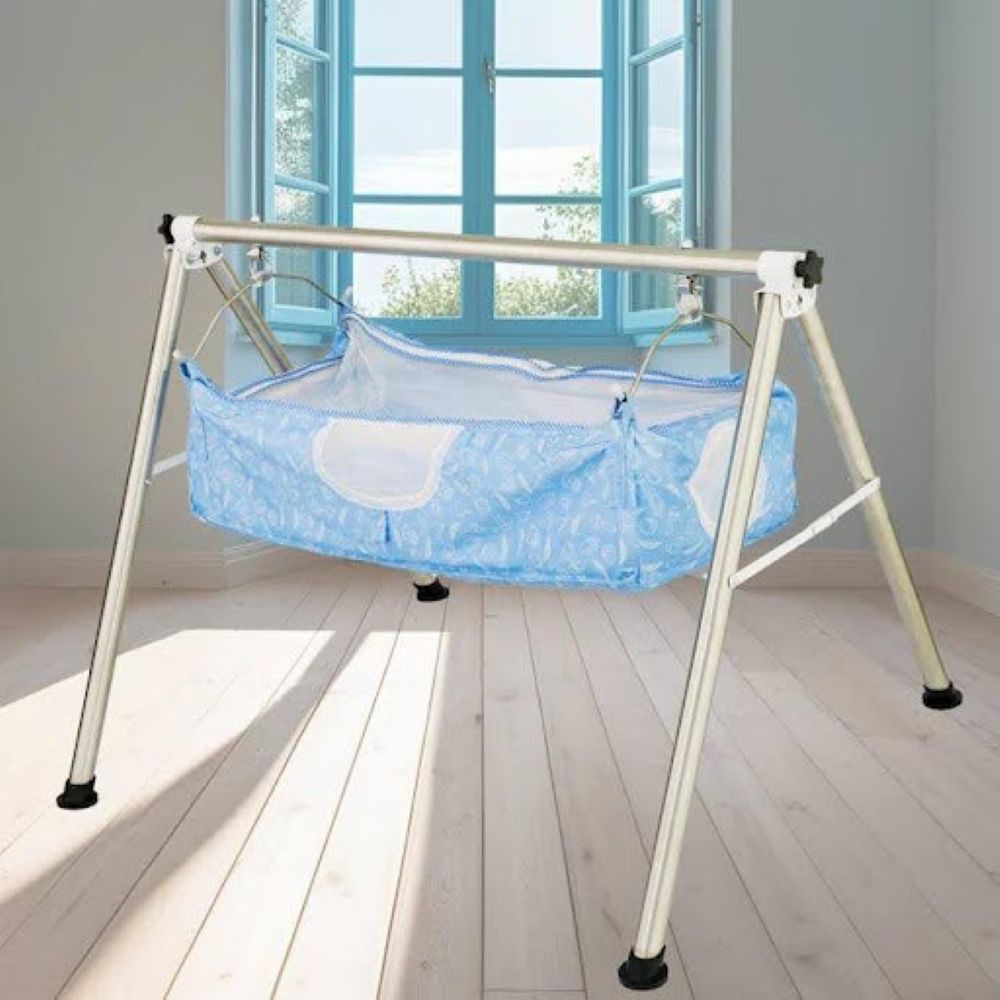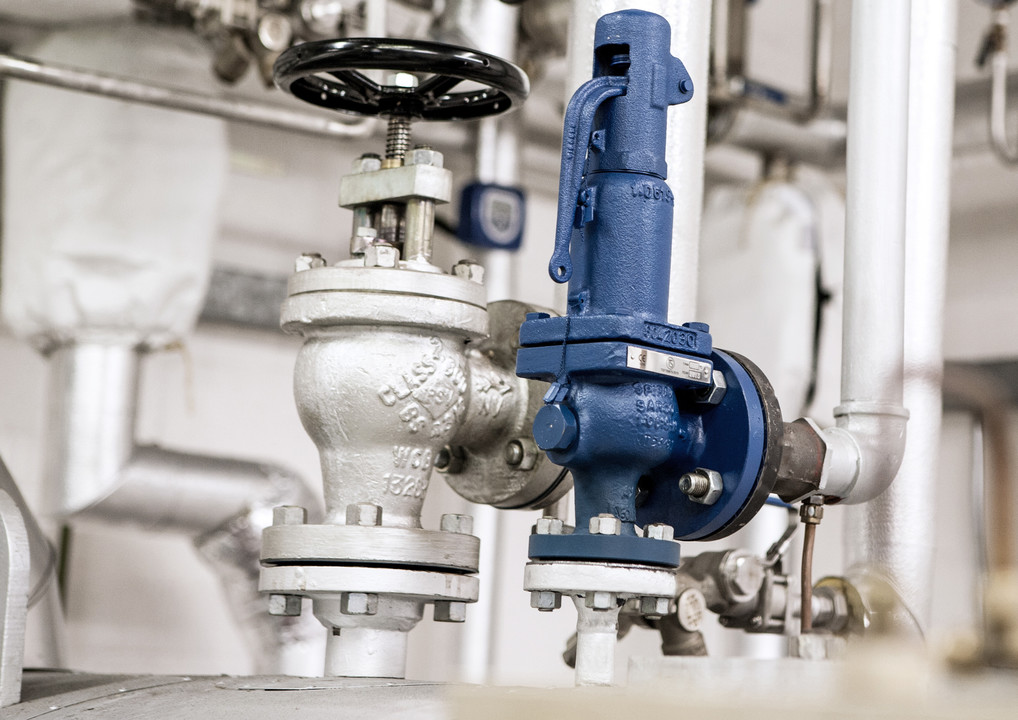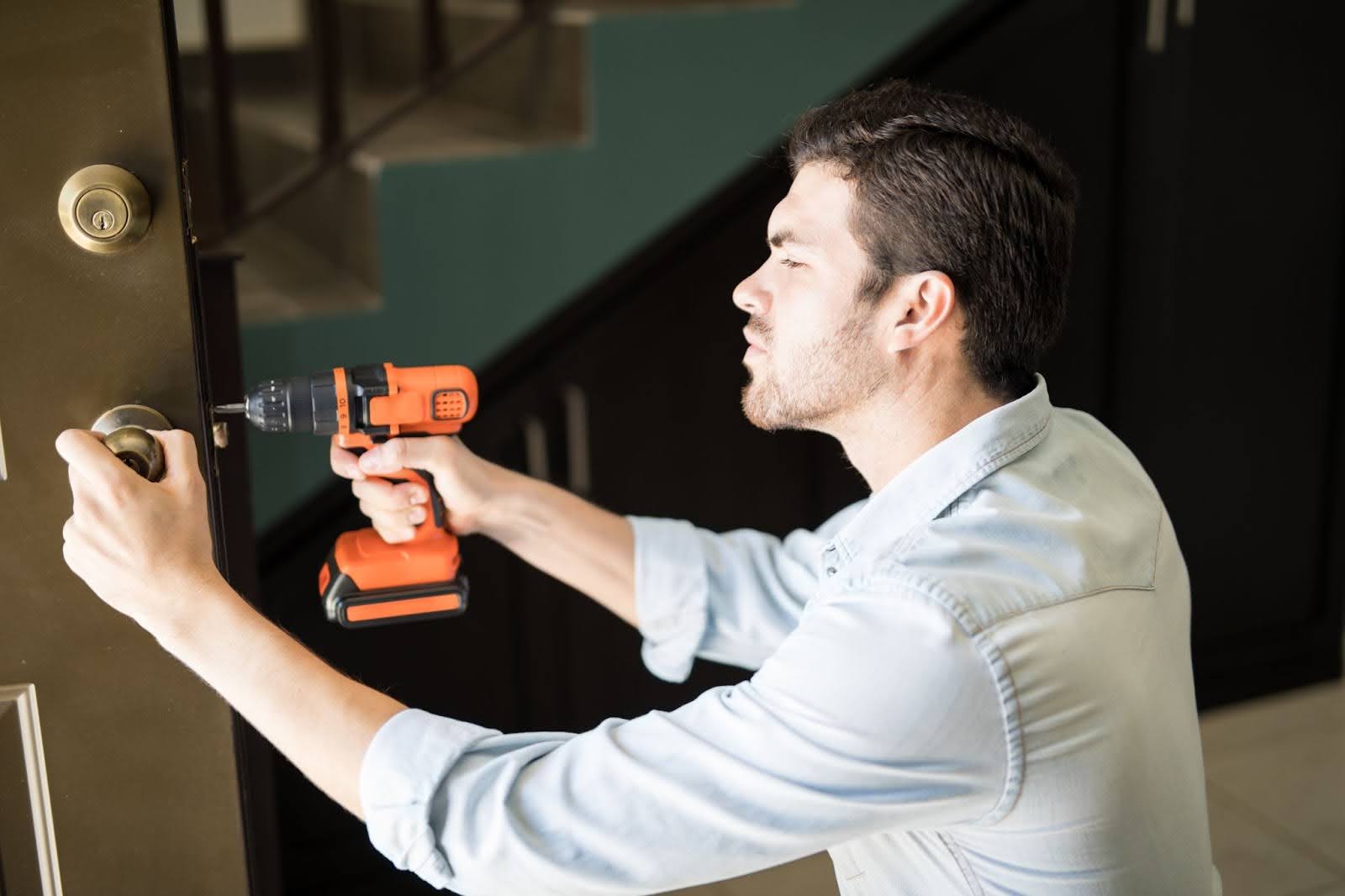In many industries, from pharmaceuticals and food processing to hospitality and laboratories, the quality of water is paramount to product quality and operational efficiency.
Choosing the right commercial reverse osmosis system is a critical investment that directly impacts a business’s long-term success and profitability. The wrong choice can lead to inconsistent water quality, high operating costs, and frequent maintenance issues.
Therefore, a careful evaluation of several key technical and financial factors is essential before making a purchasing decision.
Water Source Quality and Analysis
The first and most critical step is to analyze the source water. Whether the source is municipal supply or well water, a comprehensive water analysis will reveal the concentration of Total Dissolved Solids (TDS), hardness (calcium and magnesium), iron, silica, and other contaminants like chlorine.
This analysis dictates the entire system design. High TDS or high levels of specific contaminants mean you’ll need a more robust and complex system, often with specialized pre-treatment, to protect the delicate RO membranes.
Required Output Capacity and Flow
The system’s capacity, typically measured in gallons or liters per day (GPD/LPD) or per hour (GPH/LPH), must be accurately sized to meet your business’s peak and daily water demand. It’s a common mistake to undersize the system.
Businesses must calculate their maximum daily water consumption and, crucially, their peak flow rate—the highest amount of water needed at any single moment. Sizing should account for these peaks and include a buffer for future business growth to prevent operational shutdowns.
Essential Pre-Treatment Requirements
The longevity and performance of a commercial reverse osmosis system hinge on its pre-treatment stage. The RO membrane can be easily damaged or fouled by particles, scaling minerals, and oxidizers like chlorine.
Essential pre-treatment steps often include: sediment filtration for removing larger particles, activated carbon filtration to remove chlorine, and water softening or antiscalant dosing to prevent scale formation from high water hardness.
Skipping or minimizing pre-treatment to cut initial costs almost always leads to premature membrane failure and higher long-term expenses.
Membrane Type and System Efficiency
The choice of RO membrane material (e.g., thin-film composite) and configuration is determined by the feed water analysis. Beyond the membrane itself, a key performance indicator is the system’s recovery rate, which is the ratio of purified water produced to the total feed water consumed.
A higher recovery rate (typically ranging from 50% to 85% for a well-designed system) indicates greater efficiency and less wastewater. High-quality, efficient membranes and pumps significantly reduce both water wastage and energy consumption.
Operating and Maintenance Costs
The initial purchase price of a commercial reverse osmosis system is only part of the investment. A detailed look at the Operating Expenses (OPEX) is vital.
Major recurring costs include electricity to power the high-pressure pumps (often the largest single operating cost), chemical costs for antiscalants and cleaning agents, and the periodic replacement of filters and membranes.
Systems designed for high energy efficiency and ease of maintenance, with accessible components, will offer substantial savings over their lifespan.
